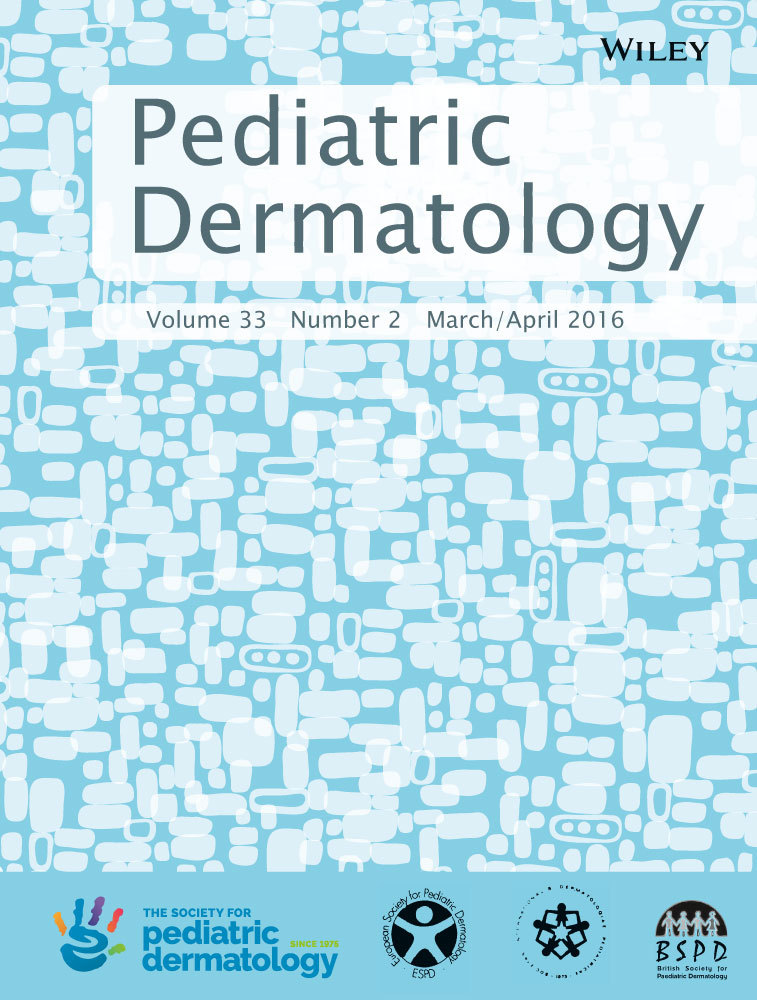Pharmacokinetic Profile, Safety, and Tolerability of Crisaborole Topical Ointment, 2% in Adolescents with Atopic Dermatitis: An Open-Label Phase 2a Study
Abstract
Background
Phosphodiesterase-4 (PDE4) is an emerging target in treating inflammatory skin diseases. Crisaborole topical ointment, 2% is a novel, boron-based, topical PDE4 inhibitor under investigation for treatment of mild to moderate atopic dermatitis (AD).
Methods
Adolescent patients aged 12 to 17 years with treatable AD lesions involving ≥10% to ≤35% body surface area (BSA) were enrolled into a phase 2a, open-label study comprising pharmacokinetic (PK), safety, tolerability, and efficacy assessments. Crisaborole topical ointment, 2% was applied twice daily to affected areas for 28 days, with dosage based on baseline treatable BSA. PK blood samples were collected on days 1, 2, 4, 6, 8, and 9. Safety assessments included adverse events (AEs), laboratory parameters, and vital signs. Efficacy assessments included the Investigator's Static Global Assessment (ISGA) score and severity of AD signs and symptoms.
Results
Twenty-three patients were enrolled; 22 completed the study (1 patient discontinued due to an AE [application site dermatitis]). PK analysis demonstrated limited exposure to crisaborole topical ointment, 2% after 8 days of dosing. Ten patients reported a total of 19 AEs, most commonly application site pain and nasopharyngitis (3 patients each). There were no clinically meaningful changes in laboratory or vital sign parameters. Efficacy was demonstrated by reductions in mean ISGA and AD sign and symptom severity scores. At day 29, eight patients (35%) had achieved an ISGA score ≤1 with ≥2-grade improvement. Mean treatable BSA declined from 17.6% to 8.2%.
Conclusion
These results provide preliminary evidence for the limited systemic exposure, safety, and effectiveness of crisaborole topical ointment, 2% in adolescents with mild to moderate AD.




